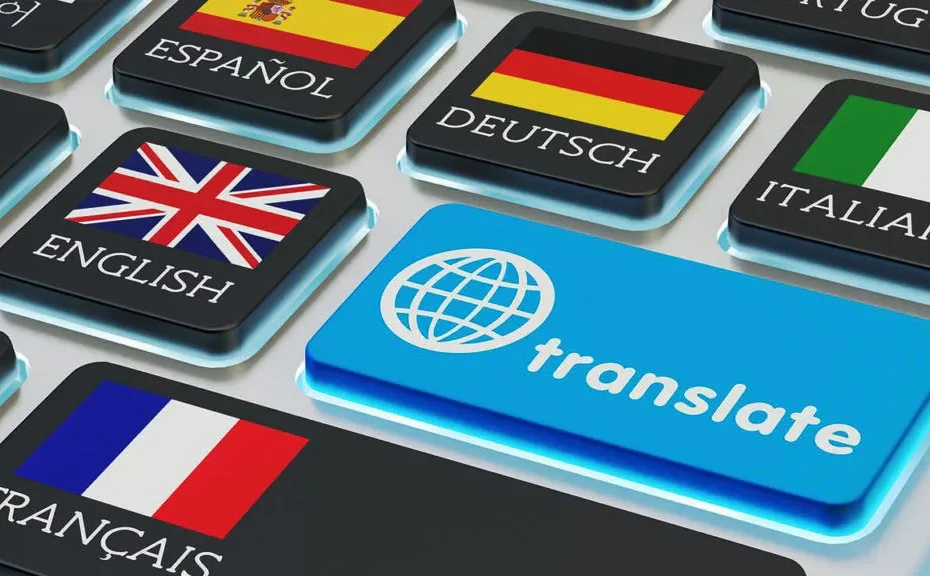The geographical differences between English-speaking countries and East Asian countries are huge. Social scientists believe that when you cross one border, the difference in language and preferences cannot be ignored. This brings us to the crossroads of navigating through the new cultures and languages. For example, during a casual stride in Malaysia, it is highly likely that you can encounter Simplified Chinese, Tamil, Hindi, Punjabi, Spoken Mandarin, and Cantonese languages. So, how can one navigate through the daily chores, if he or she is not familiar with the local language? Let’s try to find out the answers together. While discussing the language translation apps, how can we miss the behemoth of language translation, Google Translate?
Before the COVID-related social shutdown of all activities, the tourism sector was booming by all means. Now the charm of international travel is not only restored but also thriving like never before. This brings us to some of the challenges that all English-speaking visitors face while visiting Eastern Asian countries, e.g. China and Mongolia, etc. Because of the grave cultural and linguistic differences, navigating through unknown territory is a daunting task.
In this short read, we have compiled a list of highly useful apps that can ease your communication barrier. Especially, visiting the Chinese peninsula. With the assistance of new technologies, the translation of billboards, paragraphs, and phrases has become a piece of cake.
Smart Use of Smart Devices
There are some apps that facilitate the communication process for tourists. But if you are attending a business meeting or visiting East Asian countries for research/educational purposes, it is best to acquire the Traditional Chinese Translation Services. On the other hand, if you want to get familiar with any Chinese character, brand name, or road signs, Waygo is an ideal app. Whether you want to translate a restaurant menu, or phrase of Chinese, Mongolian, Korean, or Japanese, these apps are your best way to go. It will instantly translate the input into the required language on the screen of your smart device.
While discussing the language translation apps, how can we miss the behemoth of language translation, Google Translate? It allows picture translation for these languages: Chinese, Hindi, Filipino, Hmong, Indonesian, Japanese, Korean, Lao, Malay, Mongolian, Nepali, Tamil, Thai, Uyghur, and Vietnamese. Furthermore, Microsoft Translator also provides translation for limited languages like Chinese, Korean, and Japanese. Another relevant local player of the Chinese traditional translation services is the Papago app. It offers Chinese, Korean, Indonesian, Japanese, Thai, and Vietnamese translations.
Go Simple Go Classic
Some smartphone apps also offer hand drawing on the screen of your smart devices. Some might say it is too old to write something for translations. But the trick is there are some limitations of these language translation apps. For example, Google Photo Translations often struggles to translate archaic calligraphy like the boards of Manhattan’s Chinatown shops. Another relevant factor is that Google Translate has this annoying feature of completing a character/word while you are in the process of writing/drawing.
However, for business or legal translations of businesses and brands, you should always prioritize acquiring professional Mongolian translation services. Especially those working in the legal infrastructure cannot afford to compromise on the translation quality whatsoever. Furthermore, those who want to build basic familiarity with the language, are strongly suggested to use the handwriting-supported apps. Because the process of language learning is facilitated by the drawing process. For this purpose, users can download these apps, Pleco for Chinese translations, and Kanji Recognizer, for Japanese translations, (not available on the Apple Store).
In a nutshell, most of these apps are primarily used for dictionary purposes. However, later developers upgraded them for more complex translations. Please note that some Android phones have the gesture handwriting option as a built-in feature. It is not as efficient as these apps but is a world for simple character translations.
You Can Always Speak Up!
For those people who prefer to talk, text-to-speak and speech-to-text features can help. This feature is also available in many translation apps including Google Translate. There are other region-specific apps available for Eastern Asian countries. Like the SayHi app, which is a text-to-speech language app that supports Cantonese, Hindi, Thai, and some other languages. It is specifically used for audio translation. This includes the options of choosing the voice of a man or woman and control over the voice speed.
People who want to learn East Asian languages like Chinese or Mongolian whether for professional, or learning purposes, are advised to start the learning process from Mongolian Translation services. These professional language service providers can greatly assist you in taking a jumpstart in your new language learning journey.
Takeaways
In the body of this short read, we have listed down a few of the most used language translation apps. If you happen to be in an East Asian country, try to use these apps to bridge the communication gap. Most of these apps support the English language. Moreover, if you happen to be in China or Mongolia for business or educational purposes, it is better to acquire professional translation services.
